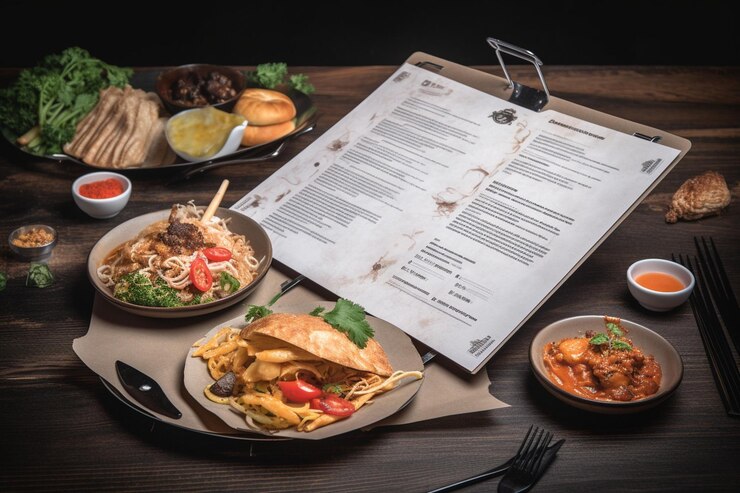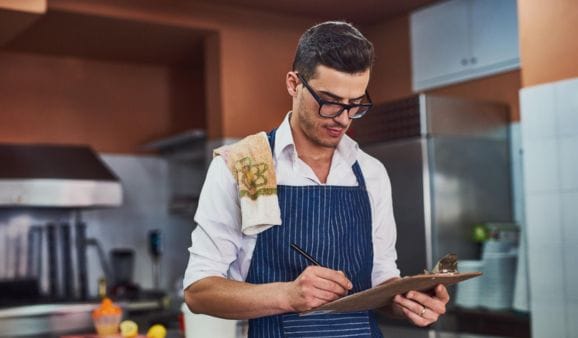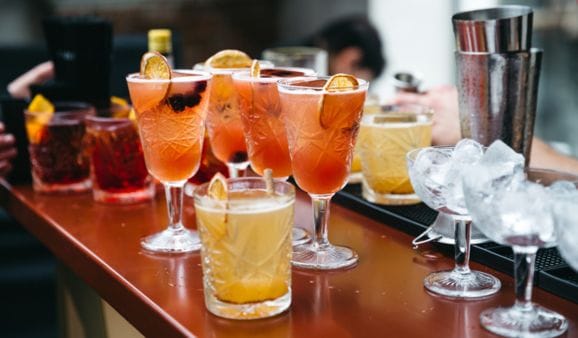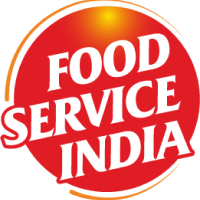
Menu engineering: Essential Tips and Benefits
Did you know that on average, a customer takes a little less than two minutes to look at the menu and decide what they want? It can be argued that the menu is the most important element of a restaurant, apart from the food itself. Just by having a well-thought-out menu, a restaurant can improve revenue and customer experience.
Menu engineering is a great tool for optimising your menu to encourage customers to order particular dishes and more entrees. While it may be a simple trick, implementing it can be a complex task. To help you with this, we will explain what is menu engineering and its benefits, and provide tips to implement it.
A] What Is Menu Engineering?
Menu engineering is a design trick that uses sales data to strategically place items on the menu. The aim is to draw guest’s attention to the most profitable dishes without hurting the most popular ones. Menu engineering analyses the profitability and popularity of each dish to fully optimise your restaurant’s revenue.
Menu engineering also involves cutting or raising the prices of dishes if they are overpriced or underpriced. Analysis may also suggest changing the appearance of the menu, making it easier to read and understand.
FSIPL’s team of experts helps you curate and expand your menu that matches your audience’s taste. As a seasoned HoReCa product manufacturer, we understand the importance of keeping up with the industry trends for a commercial kitchen.
B] What Are The Benefits of Menu Engineering?
Improved Profitability:
A thorough menu analysis can help you identify the high-margin dishes and place them near the popular ones. Through eye-catching designs, you can influence customers to order certain dishes more often than others. Ultimately, this strategy helps to improve the sales and profitability of the restaurant.
Reduced Food Waste
A well-engineered menu can accurately predict the quantity of each ingredient required for a week. This leads to purchasing items more carefully and strategically; reducing the number of unsold items. This helps to reduce food wastage due to spoiled and expired perishable items.
Efficient Operating Costs
There is no point in running a restaurant if you are making a loss on each dish served. Menu engineering can show you the gross cost of making and serving a dish, identifying the dishes with the highest and lowest margins. You can use this information to adjust their pricing or eliminate dishes from the menu.
Better Customer Experience
A sleek and easily readable menu can go a long way in making your customers feel comfortable. By providing clear descriptions, ingredient lists, and images, you can make the menu more appealing. Additionally, you can put the most popular and high-margin items at prominent places on the menu, making it easier for customers to find them.
Opportunities To Innovate
Frequently updating the menu allows chefs to discard dishes that are not performing well and include new dishes. This gives the restaurant a reason to innovate and keep up with the changing trends.
C] 4 Essential Tips To Create A Profitable Restaurant Menu
1. Set A Time Period
It is important to set a period to collect and analyse your restaurant and menu data. You should always set this period realistically, based on the time it would take you to implement the changes.
Within this period you should take note of the most sold dishes and which ingredients are most wasted. Menu development can be a time-consuming process; as a result, make sure you have the complete data before starting the process.
2. Calculate The Cost Per Order
The most important step in restaurant menu engineering is finding out the popularity and profitability of each dish. To find out the cost per order for a particular dish, first, list the ingredients along with their quantities. Next, figure out how much each ingredient costs to make that particular dish. This includes everything from the seasonings and spices to the quantity of oil.
Subtract this number from the selling price to find the net profit margin. You would need to add overhead costs like rent, energy bills, and salaries per dish sold to find the actual cost of a dish. You would need to update a dish’s price if it is not making a profit after subtracting all this from its profit margin.
3. Categorise The Menu Depending On Profitability And Popularity
Once you figure out the popularity and profitability of each dish, you can categorise them using a menu engineering matrix. This matrix is based on the popularity and profitability of each dish, placing them in one of four categories:
- Stars (High profitability and popularity)
- Plowhorses (Low profitability but high popularity)
- Dogs (Low profitability and popularity)
- Puzzles. (Low popularity but high profitability)
By rearranging the menu according to this matrix, you can see around a 5 to 10% increase in profits. As stars are well-liked and profitable, there is no reason to change them. You can change the serving size or increase the prices of plowhorses to improve their profitability. Dogs can be either completely removed or revamped to try and save them. While you should focus on making puzzles more visible on your menu.
4. Focus On Design And Layout
The design and layout of your menu can play a significant role in transforming your restaurant’s popularity. Here are a few tips to help you redesign your menu:
- Highlight the “stars” and “puzzles” as they are most profitable.
- Ensure only a few items are highlighted to avoid clutter.
- Do not use the rupees sign as it can lead customers to think about the price.
- The dish’s name should be followed by a list of ingredients or a description.
- Do not list the price in a column; instead, write them at the end of the description.
- Use a two-panel menu, as they are easier to read and also have the space to include different options.
Conclusion
As a restaurateur, you need to make crucial decisions that affect the profitability of your restaurant. With menu engineering, you can easily identify the most popular and profitable dishes and those that are not doing so well. Partnering with a professional who has the required experience and expertise can easily uplift your menu.
Food Service India is a leading food products manufacturer and supplier in the HoReCa industry and also offers comprehensive menu engineering services. Our team of experts curates and analyses your menu and suggests changes according to your target audience and industry trends. We create a personalised menu for your restaurant that pushes your best-selling and most profitable items into the forefront. And optimise those dishes which are on the lower end of popularity and profitability.





